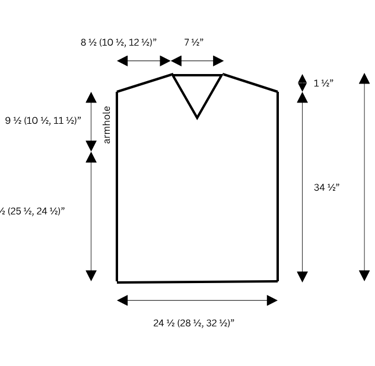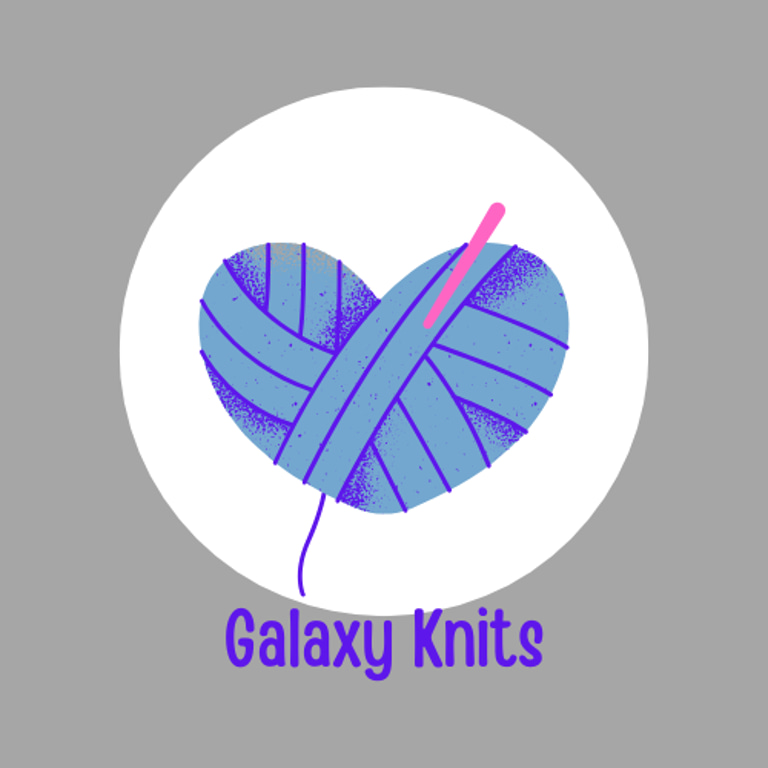Reading Knitting Schematics
Learn how to read schematics in knitting patterns
6/16/20252 min read
Schematics are visual representations of the finished size and shape of a knitted garment. They are often included at the end of written patterns to show the size, construction, and shape of the finished product. They typically show all measurements for each knitted piece in every size for which the pattern is written.
What Are Knitting Schematics?
How to Interpret Schematics
Much like in written instructions for the pattern, the measurements for each size will be listed from smallest to largest, with the larger sizes in parentheses or brackets. It is recommended that you highlight the size you’re making to avoid confusion. The measurements given will be the finished measurements of the pieces themselves, including ease. Ease is the length added to a garment to either make it stretch to fit (negative ease), be more baggy (positive ease), or be form-fitting, but not snug (zero ease). Keep that in mind when comparing to the wearer’s body measurements. This gives you some flexibility in how you (or the person you’re knitting for) want the garment to fit.
Schematic Symbols
Solid lines are typically used to show the edge of a piece, usually with double-headed arrows showing the length or width for each size. These measurements might not be exactly what you get with your knitting, but the pieces should be blocked to that size. If you don’t have blocking mats with grid lines, make sure you have a ruler or tape measure on hand when blocking your knits. Sometimes arrows are included to show the direction of knitting. Dotted or dashed lines can represent either seam lines or fold lines. Each pattern that uses a schematic should have a legend explaining each element it uses, as these symbols are not a universal standard.
Example
In this example for a simple sleeveless V-neck top, you can see the double-headed arrows showing each measurement in various sizes where applicable.


Schematics are a powerful and essential tool for complex patterns. It is important to make sense of the schematic before knitting so you understand the construction before your start. Schematics also only work if you get the correct gauge, so make sure to swatch first! If you’re interested in learning more about ease, shaping, and sizing, check out my book here. If you have any questions or comments, use the form below to send me an email. Happy stitching!


